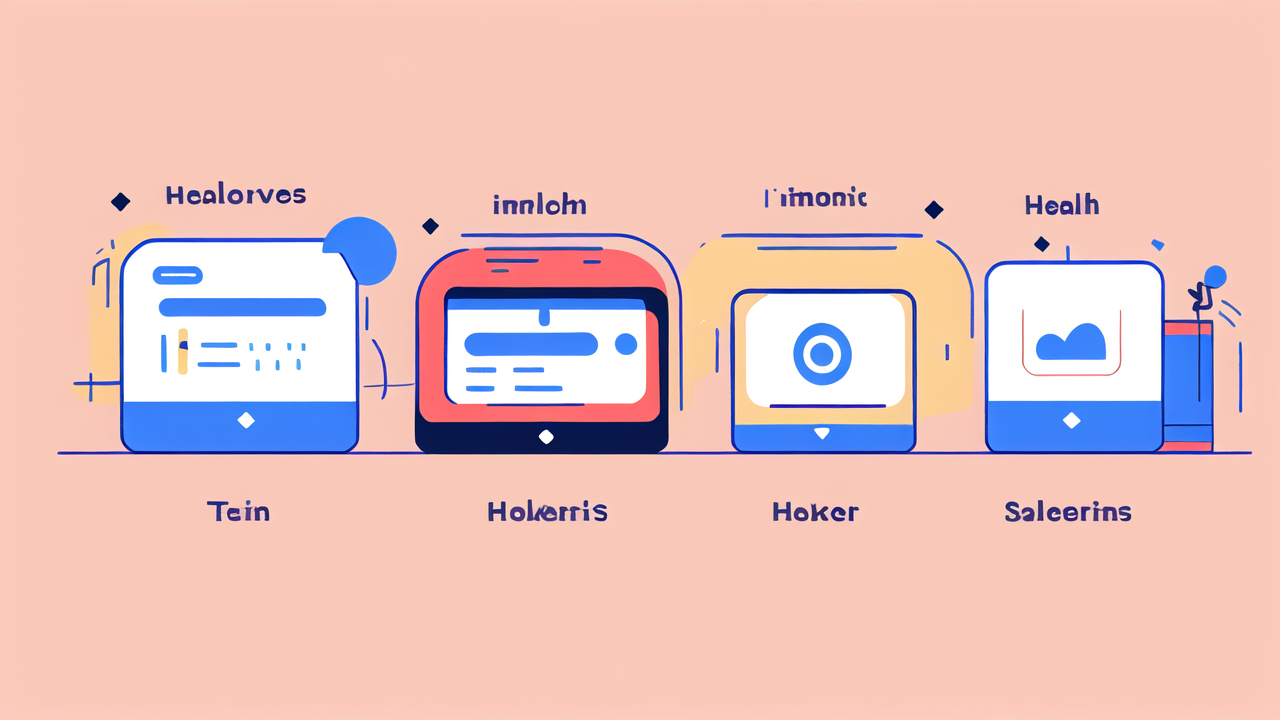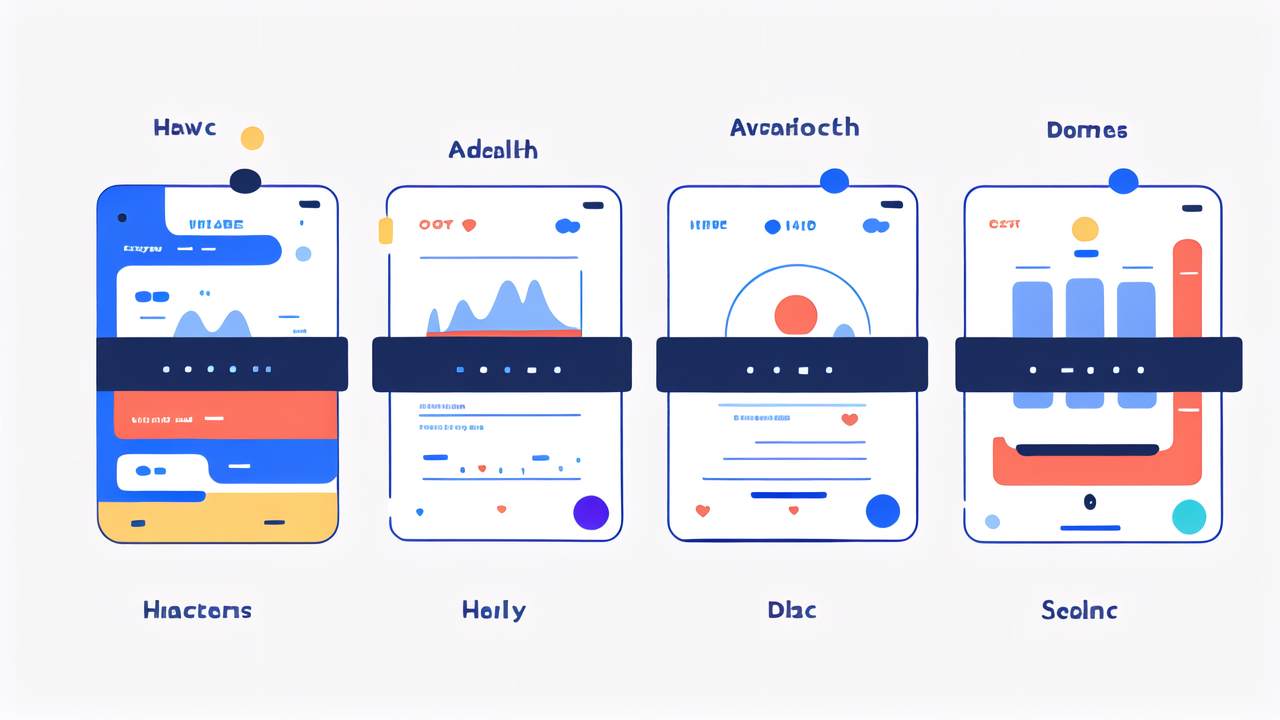The Rise of Body Measurement Tracking in Healthcare
Understanding the Need for Non-Invasive Monitoring
Non-invasive monitoring has become crucial in modern healthcare. It allows for continuous tracking without discomfort. Digital watches now offer this convenience. They can measure vital signs like heart rate and blood oxygen levels. This tech helps both patients and doctors. Patients can track their health daily. Doctors get more data to make better decisions.

These watches are easy to use and always available. They provide real-time data without hospital visits. This is especially helpful for chronic conditions. People with diabetes or heart issues benefit greatly. The watches can alert users to potential problems early on. This leads to quicker interventions and better outcomes.
How Digital Watches are Revolutionizing Patient Care
Digital watches are changing how we approach healthcare. They're not just for telling time anymore. These devices now act as personal health assistants. They can track sleep patterns, stress levels, and physical activity. This data helps create a more complete health picture.
Doctors can use this info to personalize treatment plans. Patients feel more involved in their own care. The watches can remind people to take meds or exercise. They also encourage users to set and meet health goals. This active engagement often leads to better health habits.
Emergency features are another key benefit. Some watches can detect falls or irregular heartbeats. They can then alert emergency services if needed. This quick response can be life-saving in critical situations.
The Impact of Wearable Technology on Health Outcomes
Wearable tech, like digital watches, is improving health outcomes. It's helping people become more aware of their health. Users can see how their choices affect their bodies in real-time. This often motivates them to make healthier decisions.
Studies show that wearable users are more likely to exercise regularly. They also tend to have better sleep habits. The constant feedback helps people stay on track with health goals. For those managing chronic conditions, the impact is even greater.
These devices also help with early detection of health issues. They can spot trends that might indicate a problem. This allows for earlier intervention, which often means better outcomes. The data collected can also help researchers understand diseases better.
Key Features of Leading Digital Watches for Body Measurement
Advanced Sensors for Accurate Measurements
Top digital watches now come with a range of advanced sensors. These allow for precise body measurements. Common sensors include:

- Optical heart rate monitors
- Accelerometers for movement tracking
- Gyroscopes for orientation detection
- Pulse oximeters for blood oxygen levels
- ECG sensors for heart rhythm monitoring
These sensors work together to provide a full picture of health. They can track changes over time, showing trends in body function. The accuracy of these sensors is constantly improving. This makes the data more reliable for both personal use and medical analysis.
Some watches even include features like skin temperature sensors. These can help detect early signs of illness. The combination of multiple sensors allows for more complex health insights.
Integration with Healthcare Systems
Modern digital watches can now integrate with broader healthcare systems. This creates a seamless flow of health data. Users can easily share their watch data with doctors. This helps provide a more complete health picture during check-ups.
Many watches now connect to electronic health records (EHRs). This allows for automatic updates to patient files. Doctors can see trends over time without relying on patient memory. It also helps catch potential issues between visits.
Some health insurance companies now offer incentives for using these devices. They recognize the potential for better health outcomes. This integration is making healthcare more proactive and personalized.
The Role of AI and Machine Learning
AI and machine learning are key to making sense of all this health data. These technologies can spot patterns that humans might miss. They can predict potential health issues based on subtle changes in data.
For example, AI might notice changes in heart rate variability. This could indicate stress or the onset of illness. Machine learning algorithms can improve over time. They learn from vast amounts of user data to make more accurate predictions.
AI can also provide personalized health recommendations. It might suggest changes in diet or exercise based on individual data. This level of customization was not possible before these technologies.
The Future of Wearable Digital Watches in the United States
Regulatory Trends and Compliance
As digital watches become more advanced, regulations are evolving. The FDA is creating new guidelines for these devices. They want to ensure the accuracy and safety of health features. This includes how data is collected, stored, and shared.

Privacy is a major concern. New laws are being developed to protect user health data. Companies must be transparent about how they use this information. They also need strong security measures to prevent data breaches.
Compliance with these regulations will be crucial for watch makers. It will affect how new features are developed and marketed. The goal is to balance innovation with user protection.
Innovations on the Horizon
The future of digital watches looks exciting. We can expect even more advanced health features. Some possibilities include:
- Non-invasive blood glucose monitoring
- Hydration level tracking
- Stress hormone detection
- Advanced sleep analysis
- Early disease detection algorithms
These features could revolutionize preventive healthcare. They might help catch diseases earlier than ever before. The watches could become essential tools for managing chronic conditions.
The Integration of Wearable Technology into Lifestyle and Wellness
Digital watches are becoming central to wellness routines. They're not just for fitness anymore. These devices are helping people manage their overall health and lifestyle.
We'll likely see more integration with other smart devices. Watches might control home environments for better sleep. They could suggest meals based on nutritional needs. The goal is to create a seamless health ecosystem.
Mental health tracking is another growing area. Watches might help manage stress and mood. They could offer breathing exercises or meditation guidance. As technology advances, these watches will play an even bigger role in our daily lives.




Leave a comment
This site is protected by hCaptcha and the hCaptcha Privacy Policy and Terms of Service apply.